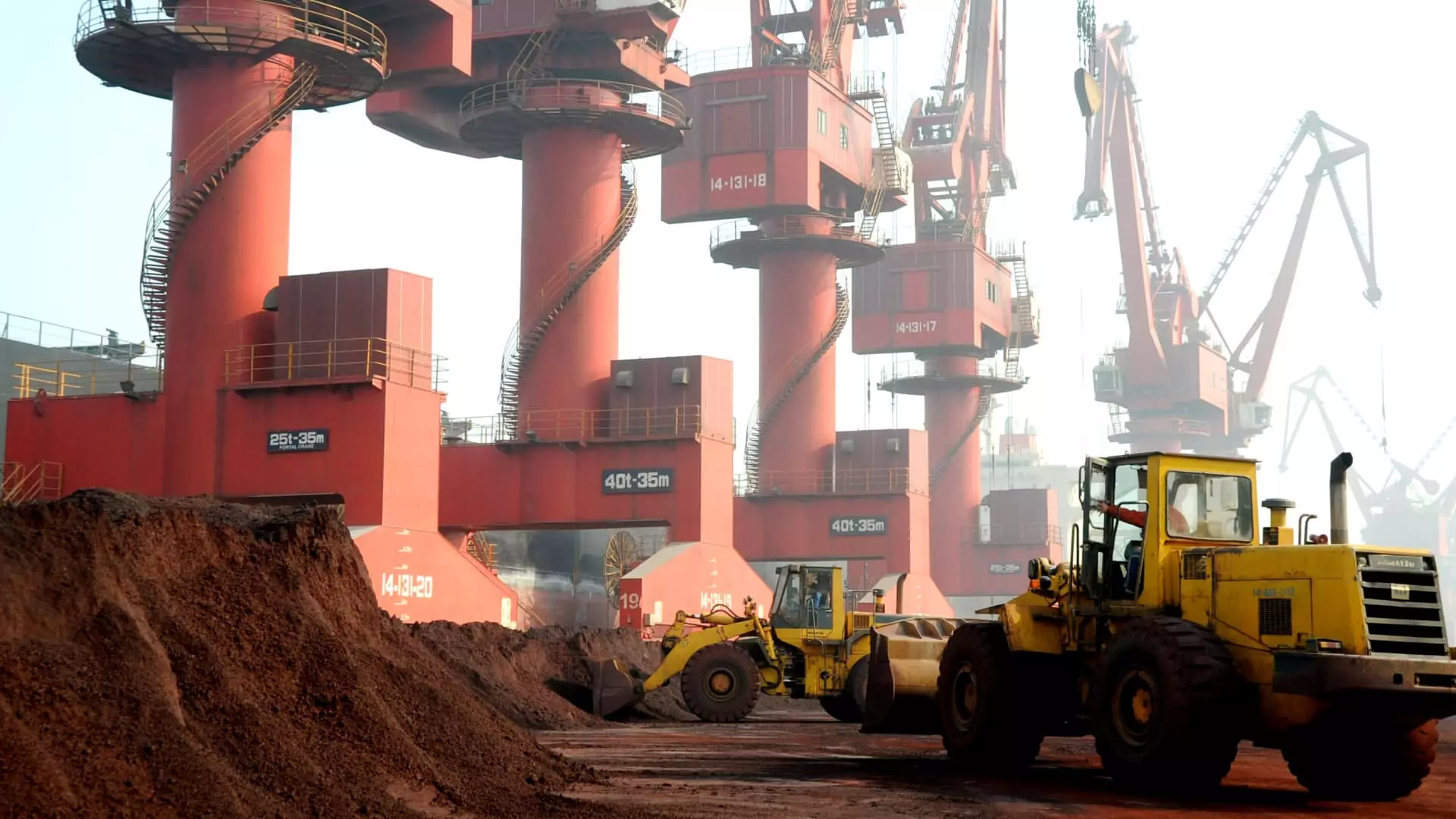China’s recent decision to impose restrictions on tungsten exports marks a significant shift in the global mineral market. As nations grapple with tense relations and seek to secure critical resources, the landscape of tungsten production and supply chains is undergoing transformative changes. This article delves into the ramifications of China’s export limitations and the broader implications for the international market and local production efforts, particularly in the United States and South Korea.
Beginning December 1, 2023, China will require businesses to obtain licenses for exporting various tungsten products, reflecting a strategic pivot in its mineral export policy. This new regulation emerges from China’s classification of tungsten as a “dual-use” good, pertinent for both military and civilian applications. Historically, China dominated the tungsten market, supplying approximately 80% of the global demand, often at significantly lower costs, which stifled competition worldwide.
The Chinese government’s recent actions underscore a dual commitment to safeguard national security while simultaneously responding to evolving geopolitical tensions, primarily with the United States. Analysts suggest that this scarcity approach, which may have been enacted to restrict supply from potential adversaries, could catalyze a surge in interest and investment in alternative sources of tungsten globally.
Escalating Tensions and Demand for Alternatives
The strained U.S.-China relationship further amplifies demand for non-Chinese tungsten sources. The U.S. Defense Department’s impending prohibition on using China-mined tungsten, effective January 1, 2027, directly reflects this increased need for domestic security and resilience. The announcement signals a need for diversification in the supply chain, prompting various stakeholders to explore alternative avenues for sourcing tungsten.
In light of China’s upcoming restrictions, the response from domestic industries and potential investors has been noteworthy. Observers like Christopher Ecclestone have articulated that the real market stimulus will come not solely from the ban but rather from the profitability that could arise from such limitations. Should prices increase due to geopolitical tensions, countries outside China may find it economically viable to boost their tungsten mining and production capabilities.
The United States has been absent from the commercial tungsten mining scene since 2015, but interest in reviving domestic operations is burgeoning. Support for increased tariffs on Chinese tungsten reflects a growing consensus among U.S. manufacturers for protecting local production. This sentiment is bolstered by the anticipated impact of future trade policies, potentially ushered in by a return to leadership that prioritizes domestic resource development.
Despite the U.S. Geological Survey identifying numerous sites rich in tungsten across multiple states, the path to full-scale mining is fraught with challenges. For example, Demesne Resources aims to commence operations at the IMA tungsten mine in Idaho, painting a picture of gradual revitalization in U.S. extraction practices. However, the transition from exploration to production requires significant capital investment, regulatory approvals, and infrastructure development.
Resurgence of Global Competitors: The Case of South Korea and Beyond
Amid these shifting dynamics, regions like South Korea are emerging as critical players in the tungsten market. The Sangdong mine, previously shuttered for nearly three decades, is on track for revitalization thanks to Almonty Industries. This mine not only represents a potential boon for local employment, projected to generate hundreds of jobs but also signifies the broader strategy of regional diversification away from reliance on China.
As nations like Canada, Australia, and Kazakhstan prepare to ramp up their tungsten production efforts, the overall market landscape is poised for significant change. Emre Uzun from Fastmarkets projects that while demand will continue to spike in and out of China, the availability of alternative sources will stabilize tungsten prices in the coming years, creating a more competitive environment.
China’s impending restrictions on tungsten exports signify a pivotal moment in the ongoing struggle for resource autonomy. As industrialized nations increasingly recognize the importance of securing critical minerals, the landscape of tungsten production is undergoing a shift that could redefine global supply chains. The concerted efforts of the U.S. and its allies to develop domestic sources and reduce dependency on China could potentially lead to a more resilient technological and manufacturing base. As these changes unfold, industry stakeholders must remain agile, adapting to the core realities of an evolving marketplace. The promise of a stable and diversified tungsten supply chain stands on the horizon, dictated by the growing desire to reclaim resource sovereignty.

